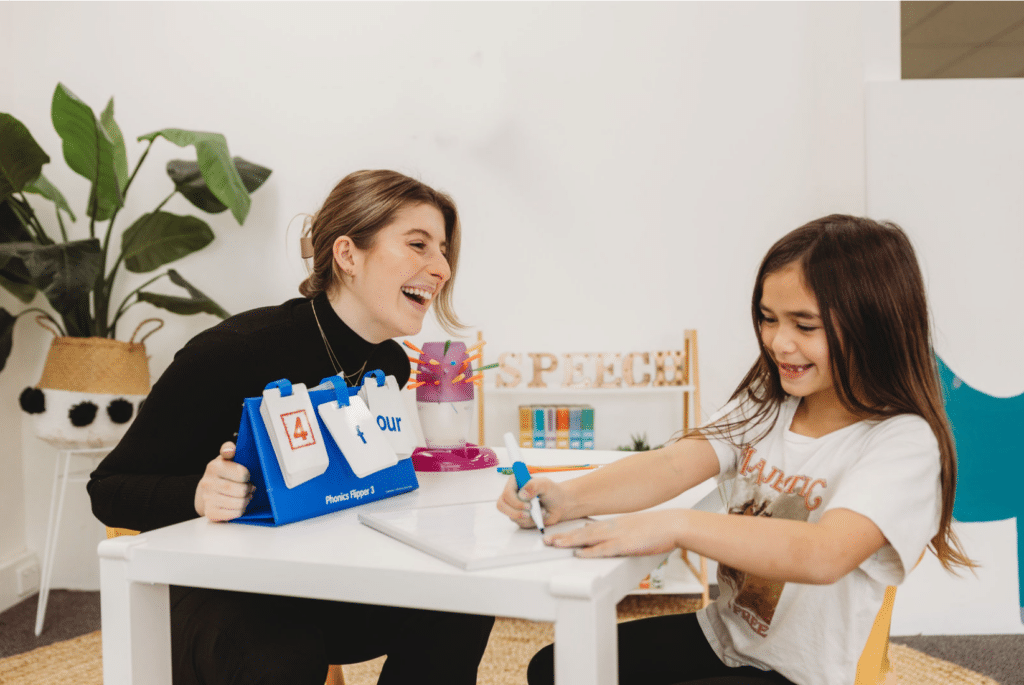Building your child’s confidence in reading
Let’s be honest – reading time with your child at home can be a battle. However it is not all unreasonable because no one enjoys doing what they are not confident in!
Let’s take fitness as an example. If I know I don’t have the stamina to do a 45 minute pilates class without feeling my legs tremble to hold my plank, I’ll have to drag myself to the class. Despite everyone telling me this is what I am supposed to do… How will a child with reading difficulties feel any different?
The first steps at home start with building your child’s confidence and enjoyment in reading. Enjoyment. Motivation. Openness to trying new things. These are what will sustain a child in their many years of learning. Parent involvement in early years of learning is also shown to be effective in promoting children’s reading [1]. Here are some top tips for creating a pressure-free reading environment at home that will foster your child’s enjoyment of reading.
1. Pick the right thing to read
Reading can feel like an uphill battle if a reluctant reader gets stuck on every word. An easy way to choose a reader of the right level is to use the 5 finger rule [2]. Open the book to any page and ask your child to start reading. Put a finger up for each word they do not know. Count how many fingers they have up at the end of the page.
0-1 = Too easy
1-2 = Perfect choice with opportunities to learn new words
3 = Give it a go, your child may need some help with the words
4 = Give your child a hand if you can read with them. If they are reading their own, try a different book
5 = This book is most likely too difficult for your child. Try a different book.
If your child finds it hard to focus on a long story, aim to read a page each time or choose a shorter reader! Pick an achievable goal to set your child up for success and confidence.
2. I read first, then you read
Starting one paragraph or page at a time, read it to your child first, and then have them read it after you. A reluctant reader may feel intimidated by reading completely new texts. Top tip: let your child listen to the story once. This way they can familiarise themselves with the background information of the story. This will help them feel more confident attempting it. This is a great strategy for your little one in kindergarten who is still learning to recognise lots of sight words!
3. I read 3/4, you read 1/4
You could also try reading the first 3/4 of the story, and leave the most exciting part or ending for your child to read. Letting your child start by listening eases them into reading time. It also ensures they have a better understanding of the setting and problem in the story. When it gets to the climax, they will be more motivated to give reading a go!
4. Let’s read a sentence each
The pressure to read is halved when you take turns to read a sentence each. Your child will be able to listen to half of the story. Taking turns also means your child will do just as much reading as they do observing/listening. If your child is a little older and can readily recognise lots of sight words, this is a tip for you.
5. Listen to an audiobook at 0.75 speed
Download some of your child’s favourite books on Audible or other ebook platforms. Your child’s decoding speed may be slower than the recording. If this is the case, play the book at 0.75 speed or lower and encourage them to track each word with their finger.
Children are on devices watching videos and movies more than ever. Turning on subtitles will expose them to words that are meaningful to them in that moment. It will also help them recognise some highly repetitive words!
We all find little joys in things that we can achieve. Sometimes children need extra support to discover their interest and joy in reading. Reading is not meant to feel like a test. Help your child build confidence in reading by taking the pressure off reading. It might not be a smooth journey but keep trying different strategies until they learn to enjoy it!
If you are concerned about your child’s ability to read, give us a call or send an email. We are happy to chat to you about how we can help. You can also book in a free initial chat with a speech pathologist on our team.




